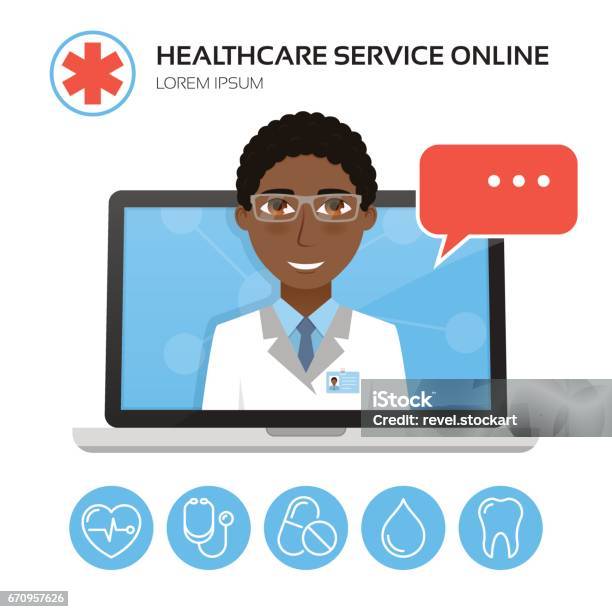Opening the Secrets of Subscription Based Healthcare for Better Patient Outcomes
Opening the Secrets of Subscription Based Healthcare for Better Patient Outcomes
Blog Article
The Increase of Subscription-Based Healthcare and Its Effect On Person Treatment
As health care progresses, the subscription-based design is getting traction, promising to transform individual care by using predictability and availability. The possibility for these models to improve healthcare distribution elevates pushing inquiries about their lasting sustainability and inclusivity. Are these membership services the future of health care, or do they risk leaving vulnerable populaces behind?
Recognizing Membership Healthcare Versions
Comprehending the concept of membership healthcare designs involves checking out a transformative approach to clinical services that highlights price and accessibility. These designs, frequently referred to as direct medical care (DPC) or concierge medication, have arised as innovative options to standard fee-for-service healthcare systems. Membership medical care enables patients to pay a fixed monthly or annual cost for a specified set of medical solutions, which might include unrestricted workplace sees, regular check-ups, and fundamental laboratory examinations, without the demand for traditional insurance coverage billing.
The structure of subscription medical care models is developed to improve person care by removing third-party payers and complex billing codes, consequently minimizing management worries. Doctor can concentrate extra on person treatment, cultivating more powerful patient-provider partnerships. This design also advertises preventative treatment by urging normal gos to, as the monetary barrier of per-visit charges is removed.
The membership design commonly empowers doctor to handle smaller patient panels, allowing for more individualized treatment. It lines up financial incentives with person health results, as carriers are encouraged to keep patient complete satisfaction and well-being. Overall, understanding subscription medical care models requires recognizing their potential to reshape exactly how care is supplied and accessed.
Advantages for Companies and clients

For companies, subscription-based versions offer the opportunity to strengthen patient-provider partnerships. With a stable profits stream, healthcare experts can devote more time to every client, causing an extra comprehensive and customized care experience. This design likewise decreases reliance above patient volumes, reducing burnout and boosting work fulfillment. The emphasis on precautionary treatment within registration strategies can lead to far better client results and decreased long-term health care expenses. By concentrating on continual care, companies can deal with issues before they rise, eventually profiting the healthcare system in its entirety by lowering the problem on emergency situation and intense care solutions.
Difficulties and Issues
While subscription-based healthcare versions present countless advantages, they also come with a collection of obstacles and issues that should be attended to. Access remains a considerable problem, as these versions frequently target individuals who can afford month-to-month fees, potentially leaving out low-income populations. This raises honest concerns concerning equitable accessibility to healthcare services. Furthermore, the different nature of membership plans can result in confusion among patients regarding protection specifics, potentially causing unmet assumptions or inadequate treatment.
Financial sustainability of subscription-based designs is another problem. Carriers need to stabilize the fixed income from subscriptions with the variable costs of medical care solutions, which may vary due to unforeseen medical requirements. This can produce pressure to limit solutions or boost charges, potentially impacting patient contentment and care high quality.
Moreover, regulatory oversight of subscription-based healthcare designs is still progressing. The absence of standard structures can result in inconsistent solution high quality and accountability, making complex efforts to ensure individual security. Finally, the integration of technology-- typically a foundation of these versions-- elevates concerns concerning data privacy and security, as sensitive patient info could be prone to breaches. Resolving these obstacles is important for the equitable and effective application of subscription-based healthcare.
Influence on Patient-Doctor Relationships
One significant influence of subscription-based health care versions on patient-doctor connections is the possibility for enhanced continuity and customized treatment. By taking on a subscription design, doctors can take care of a smaller sized patient panel, allowing for more committed time with each person. This increased availability fosters a deeper understanding of a patient's case history, way of living, and choices, making it possible for more tailored therapy strategies and treatments.

Nevertheless, it is essential to additional resources recognize that while subscription-based models may benefit those that can manage them, they might accidentally broaden medical care disparities. People that are not able to join these models could experience reduced accessibility to customized care, potentially impacting their partnerships with health care suppliers. Therefore, while the subscription version provides appealing advantages for patient-doctor relationships, it additionally presents challenges that need to be resolved to guarantee fair medical care gain access to.
Future of Medical Care Access

The function of modern technology can not be neglected in this change. Telemedicine systems and electronic health records assist in seamless interaction between individuals and doctor, breaking down geographical and logistical barriers. Furthermore, innovations in artificial intelligence and data analytics can even more individualize medical care by forecasting person demands and maximizing therapy strategies.
However, the future of medical care accessibility likewise offers challenges, such as making certain equity throughout various socio-economic groups. Policymakers and doctor need to work together to bridge the digital divide, guaranteeing that subscription-based models continue to be budget friendly and comprehensive. As these systems develop, they hold the assurance of making medical care a lot more available, efficient, and patient-centric.
Verdict
Subscription-based health care designs are reshaping individual care by giving a stable cost structure and improving availability. The surge of subscription-based healthcare motivates aggressive individual involvement, which has the prospective to enhance patient end results and satisfaction, indicating a transformative change in health care distribution.
As health care advances, the subscription-based design is getting traction, assuring to reinvent person treatment by using predictability and ease of access.Subscription-based medical care versions supply distinctive advantages for both individuals and service providers, boosting the general health care experience.As medical care systems develop, the future of health care access frequently pivots on the assimilation of innovative versions and innovations.Subscription-based healthcare models are reshaping individual treatment by supplying a secure i was reading this expense framework and enhancing access. The increase of subscription-based medical care encourages aggressive patient interaction, which has the potential to enhance patient results and satisfaction, signifying a transformative shift in health care delivery.
Report this page